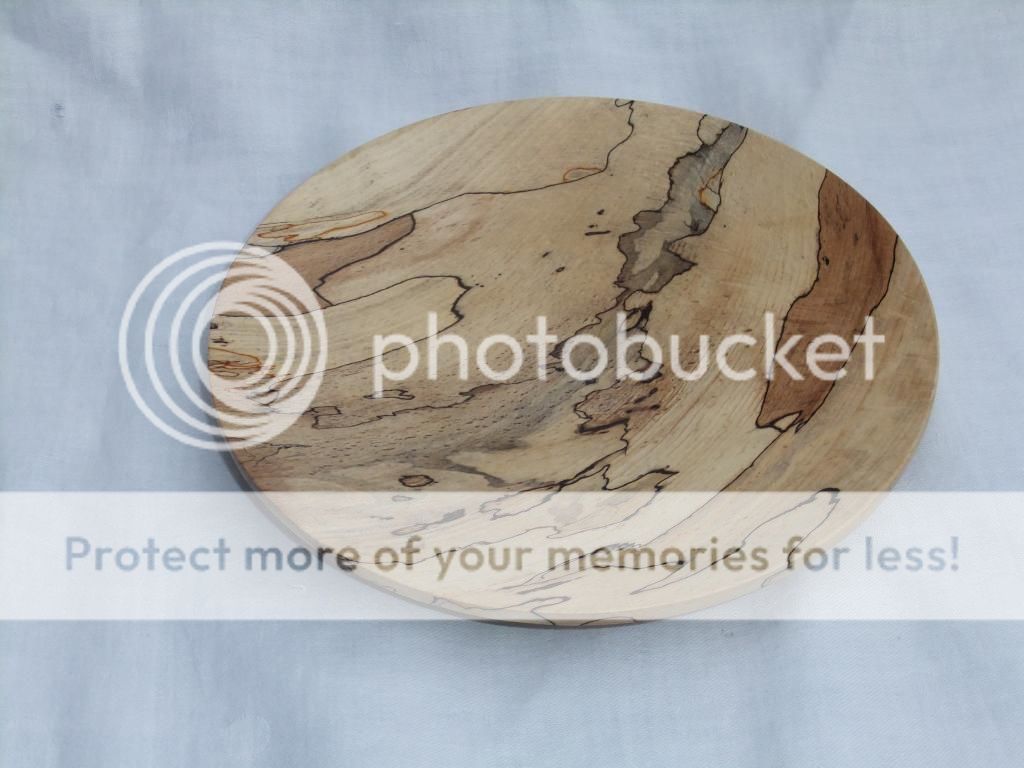smartecosse
Established Member
So, the tool rest for my "new" jubilee lathe turned up and I thought I'd have a go turning a bowl with it............there was a lump of spalted wood that the chap I got it off had been kind enough to include along with a few other bits so onto the lathe it went.
However, being a beginner to turning and never having turned this type of wood before I am unsure as to what to do with the sort of soft pitted areas that are present in a few areas....


Do I just leave it like it is, or fill it with something and then finish the bowl?
Thanks for any advice.....
However, being a beginner to turning and never having turned this type of wood before I am unsure as to what to do with the sort of soft pitted areas that are present in a few areas....


Do I just leave it like it is, or fill it with something and then finish the bowl?
Thanks for any advice.....




































